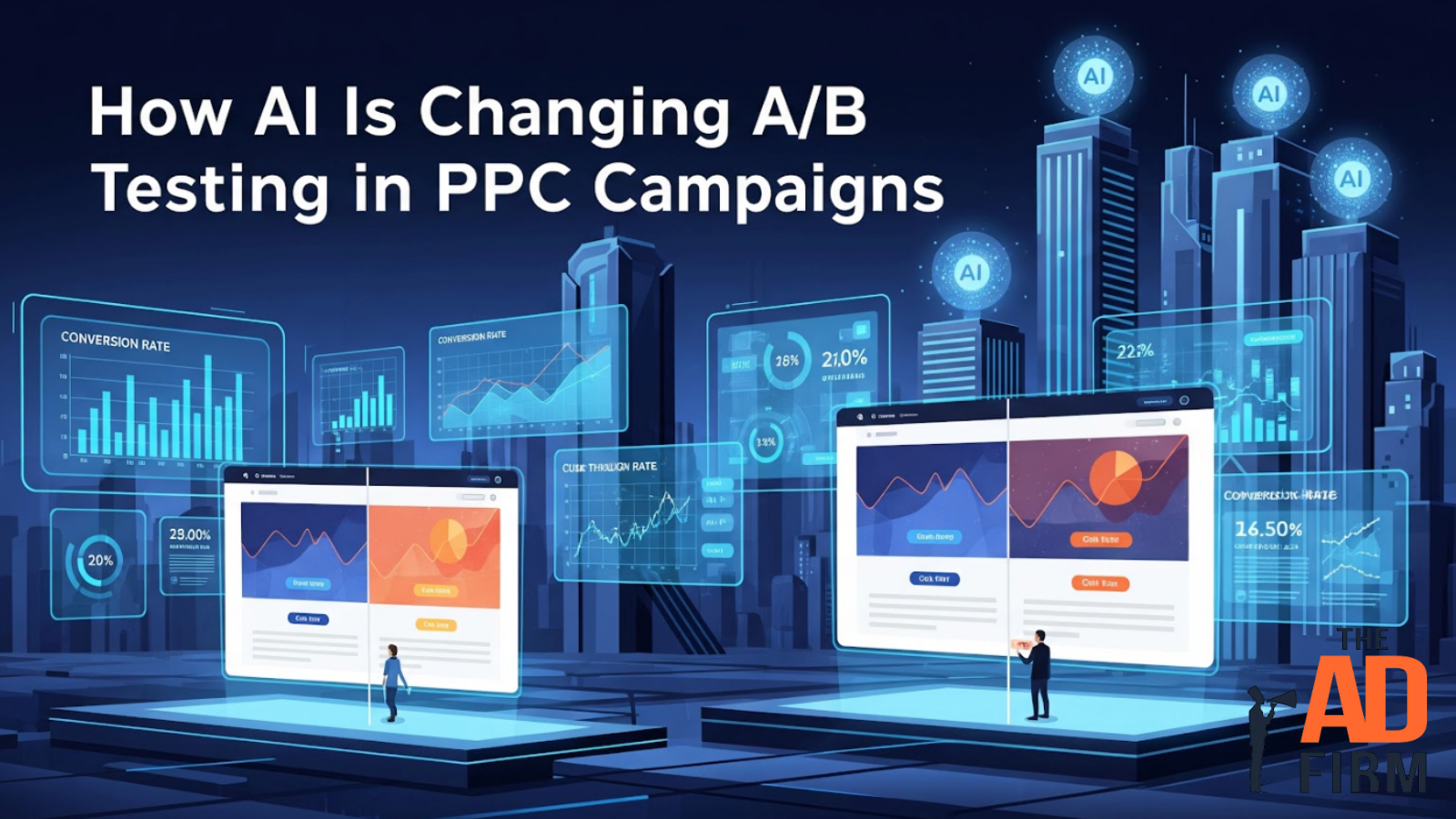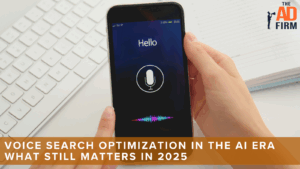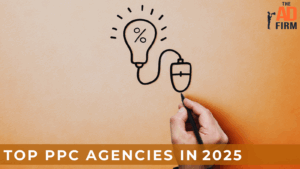Running a PPC campaign without testing is like cooking without tasting—you might get lucky, but odds are something’s off. For years, A/B testing has been the go-to method to figure out which ad version performs better. But now that AI is entering the mix, the way we test, optimize, and scale a PPC campaign is evolving fast.
AI doesn’t replace A/B testing, it enhances it. While traditional testing is still valuable for isolating big creative changes, AI makes it possible to test more elements, adapt in real time, and personalize results at scale. Understanding this shift helps marketers get more out of every campaign without giving up control or clarity.
Why A/B Testing Matters in PPC Advertising
Before diving into automation or algorithms, it’s important to understand why A/B testing matters in the first place. This section lays the groundwork so readers can appreciate the shift AI is bringing.
- A/B testing helps you compare two versions of an ad to see which one performs better: Instead of guessing what headline or image will work, you test them side by side with real audiences. You keep all other elements the same so that only one variable is being measured. That way, you know exactly what caused the performance difference. It’s a simple but powerful way to make your ads smarter over time.
- This method is often used to improve specific goals like clicks or conversions: For example, you should see which call-to-action gets more people to visit your website. By isolating that element, you can learn what drives actual behavior. This lets you steer your campaigns with data instead of instinct. It also helps you avoid wasting money on underperforming ads.
- A/B testing gives advertisers clarity about what actually works: It takes the guesswork out of creating high-performing ads. With real data behind your choices, you’re no longer just “hoping” a campaign will succeed. That confidence is especially valuable when every click incurs a cost. Even a small improvement in results can yield significant returns over time.
- It’s a foundational practice used by every experienced digital marketing agency: Whether you’re promoting a small business or managing a national campaign, A/B testing is the baseline. It turns your advertising into a controlled experiment, where you measure impact instead of guessing. Without it, you’re flying blind, and that makes it harder to grow or optimize effectively. It’s what separates a strategic campaign from a risky one.
How AI Has Changed A/B Testing for PPC
Enhance Your Brand Visibility with The Ad Firm
- SEO: Enhance your online presence with our advanced SEO tactics designed for long-term success.
- Content Marketing: Tell your brand’s story through compelling content that engages and retains customers.
- Web Design: Design visually appealing and user-friendly websites that stand out in your industry.
AI has completely changed the way advertisers run and learn from A/B tests. Instead of waiting for results manually, campaigns now evolve in real-time based on user data, speeding up performance gains and minimizing wasted ad spend.
1. AI Can Test Multiple Ad Elements at Once
Traditional A/B testing typically focuses on one variable at a time, such as swapping a headline or image. AI moves beyond that by running multivariate tests that evaluate many combinations simultaneously.
- AI tests a wide range of creative combinations at once: Instead of testing just two versions, AI can test dozens of combinations of headlines, images, and calls-to-action all at once. This reveals the best-performing mix much faster than manual testing. Advertisers no longer need to wait weeks to understand what works.
- It learns from real interactions, not assumptions: AI watches how users engage with each version, not just which gets clicks, but how people behave after clicking. That extra layer of insight helps spot stronger combinations. This leads to higher quality leads or conversions, not just surface-level metrics.
- Multiple elements can be optimized at once without extra testing cycles: Manual tests often focused on a single change, like the headline. With AI, you can test multiple creative pieces together and still trust the results. This provides faster feedback and broader insights without requiring separate test cycles.
- This shortens the testing timeline significantly: Traditional A/B testing might take weeks to complete one comparison. AI-driven multivariate testing can reach a conclusion within days by using advanced prediction models. That means faster learning, faster scaling, and faster return on ad spend.
Read also: 5 Things You’re Missing in Your PPC Ad That’s Hurting Its Performance
2. AI Reacts to Live Performance Data
Instead of waiting for a test to end before acting, AI makes adjustments as data rolls in. This reactive approach helps reduce wasted spend and accelerates performance gains during the actual campaign.
- It monitors performance in real-time: AI tracks ad engagement in real-time and adjusts accordingly. This helps advertisers avoid wasting money on underperforming content. Every impression gets smarter as the campaign progresses.
- It automatically redirects budget toward top performers: When one version starts winning, the AI immediately shifts spend to favor it. This boosts efficiency and protects ad spend without needing daily manual changes. Marketers stay focused on strategy instead of micromanaging campaigns.
- It helps reduce guesswork and delay: With manual A/B testing, advertisers had to wait until the end of a test period to make changes. AI eliminates that lag, so you don’t lose conversions while waiting for data to confirm what’s already obvious.
- Campaigns become self-optimizing over time: As AI collects more data, it starts anticipating patterns. This allows the system to run more effective tests over time, improving not just one campaign, but your overall PPC strategy.
- AI decisions aren’t always transparent: While AI is fast and adaptive, it doesn’t always show why it made a specific change. With tools like Google’s Smart Bidding or Performance Max, marketers often face a “black box” effect. This makes it harder to explain or reverse-engineer results, especially for strategy reviews or client reporting.
3. AI Adapts Ad Variants Based on Context and Audience
One of AI’s biggest strengths is its ability to tailor ad delivery based on context. This means users don’t just see “the best ad”, they see the best ad for them in that moment.
Boost Your Business Growth with The Ad Firm
- PPC: Optimize your ad spends with our tailored PPC campaigns that promise higher conversions.
- Web Development: Develop a robust, scalable website optimized for user experience and conversions.
- Email Marketing: Engage your audience with personalized email marketing strategies designed for maximum impact.
- It analyzes audience signals in real-time: AI considers details such as device type, location, browsing behavior, and even the time of day. These data points help personalize which ad version gets shown to each user. This context-driven delivery increases the odds of engagement.
- Different users see different versions based on their behavior: Instead of a one-size-fits-all ad, AI selects the version most likely to perform for that specific person. This increases the chances of a click or conversion because the ad aligns with their intent.
- Traditional testing couldn’t personalize delivery at this scale: In traditional testing, delivering unique versions based on audience traits was nearly impossible. AI does this automatically without overwhelming your team with tasks.
- Context-aware testing helps uncover hidden trends: AI can spot patterns that humans might miss, such as specific calls-to-action working better in the evening or certain images performing better on mobile. These insights help refine strategy in the long term, not just for one campaign.
Read also: AI Content vs. Human Content: What Google Prefers in 2025
How to Start Using AI in Your PPC Testing Strategy
If you’re curious about using AI in your PPC campaigns but unsure where to begin, you’re not alone. This section offers low-risk methods for initiating AI use while maintaining complete control.
1. Start With One Low-Risk Campaign
It’s best to test AI in a controlled environment before expanding it across your entire account. A trusted PPC agency can help you choose a smaller campaign that won’t impact your main revenue drivers.
- Begin with a test campaign that has minimal risk: Don’t start with your highest-spending ads. Select a campaign with a moderate volume that can provide meaningful insights without compromising your bottom line. This way, you can observe the effects without taking a major hit if something misfires.
- Keep the structure simple while testing AI: Use just a few ad groups and audience segments so it’s easier to track changes. AI learns faster in clean environments with fewer variables. This also makes it easier for you to see what’s working and what’s not.
- Give AI time to learn from the data before drawing conclusions: Resist the urge to judge results too early. Allow the tool sufficient time to collect data, identify patterns, and make adjustments. Cutting a test short can lead to misleading conclusions.
- Document everything from start to finish: Keep notes on what elements are being tested and why. This helps you compare AI-driven results to your usual performance. Having a paper trail makes future decisions easier and more informed.
2. Define a Clear Success Metric Before You Begin
AI needs direction to deliver useful outcomes. If your goal isn’t clearly defined, the system may optimize for the wrong result.
Transform Your Online Strategy with The Ad Firm
- SEO: Achieve top search rankings and outpace your competitors with our expert SEO techniques.
- Paid Ads: Leverage cutting-edge ad strategies to maximize return on investment and increase conversions.
- Digital PR: Manage your brand’s reputation and enhance public perception with our tailored digital PR services.
- Choose one primary metric to track success: That might be cost-per-click, conversions, lead form submissions, or something else specific to your goals. Don’t try to track everything at once; clarity helps both you and the AI focus.
- Make sure your tracking setup is accurate: If conversions aren’t being recorded correctly, the AI will draw bad conclusions. Verify that your analytics and pixels are functioning correctly before the test begins. A successful test depends on reliable data.
- Set expectations based on business value, not just stats: It’s tempting to chase low CPCs, but those don’t always mean better leads. Choose metrics that tie back to actual revenue or customer acquisition.
- Review historic data to set realistic benchmarks: Know what typical performance looks like for your chosen metric. This helps you measure whether the AI’s changes are actually making a difference or simply adjusting numbers.
3. Monitor Performance Even While AI Is Running
AI can automate testing, but it still needs human oversight. Regular check-ins keep you in control and prevent the system from drifting off track.
- Check results frequently without interfering: Review performance reports every few days, but refrain from pausing or editing during the learning phase. Let the AI collect enough data before stepping in. Premature changes can disrupt results.
- Watch for signs that don’t align with your goals: If the AI is boosting impressions but your conversions drop, it may be optimized for visibility instead of action. Step in early if things are veering off course.
- Use alerts to catch sudden shifts in performance: Most ad platforms let you set thresholds for major changes. These can warn you if costs spike or conversions fall suddenly, so you can act fast.
- Balance AI automation with human judgment: AI lacks full business context; it acts only on available data.. That’s why human review remains essential for identifying patterns and protecting your brand.
Let The Ad Firm Automate Smarter PPC Testing for You
Getting started with AI in your PPC strategy doesn’t have to feel overwhelming. At The Ad Firm, we help businesses move beyond outdated testing methods by setting up AI-powered campaigns that actually perform and make sense. Our team blends smart automation with real marketing experience, so you’re not left wondering what went wrong or how to interpret the results.
Amplify Your Market Strategy with The Ad Firm
- PPC: Master the art of pay-per-click advertising to drive meaningful and measurable results.
- SEO: Elevate your visibility on search engines to attract more targeted traffic to your site.
- Content Marketing: Develop and implement a content marketing strategy that enhances brand recognition and customer engagement.
From campaign setup to performance monitoring, we make sure your ad spend works harder and smarter. You get the benefits of AI without the confusion, plus strategic guidance tailored to your industry and goals.
If you’re ready to stop guessing and start optimizing, we’re here to help you make that shift confidently. Reach out today and let us show you what’s possible with the right PPC agency in your corner.






